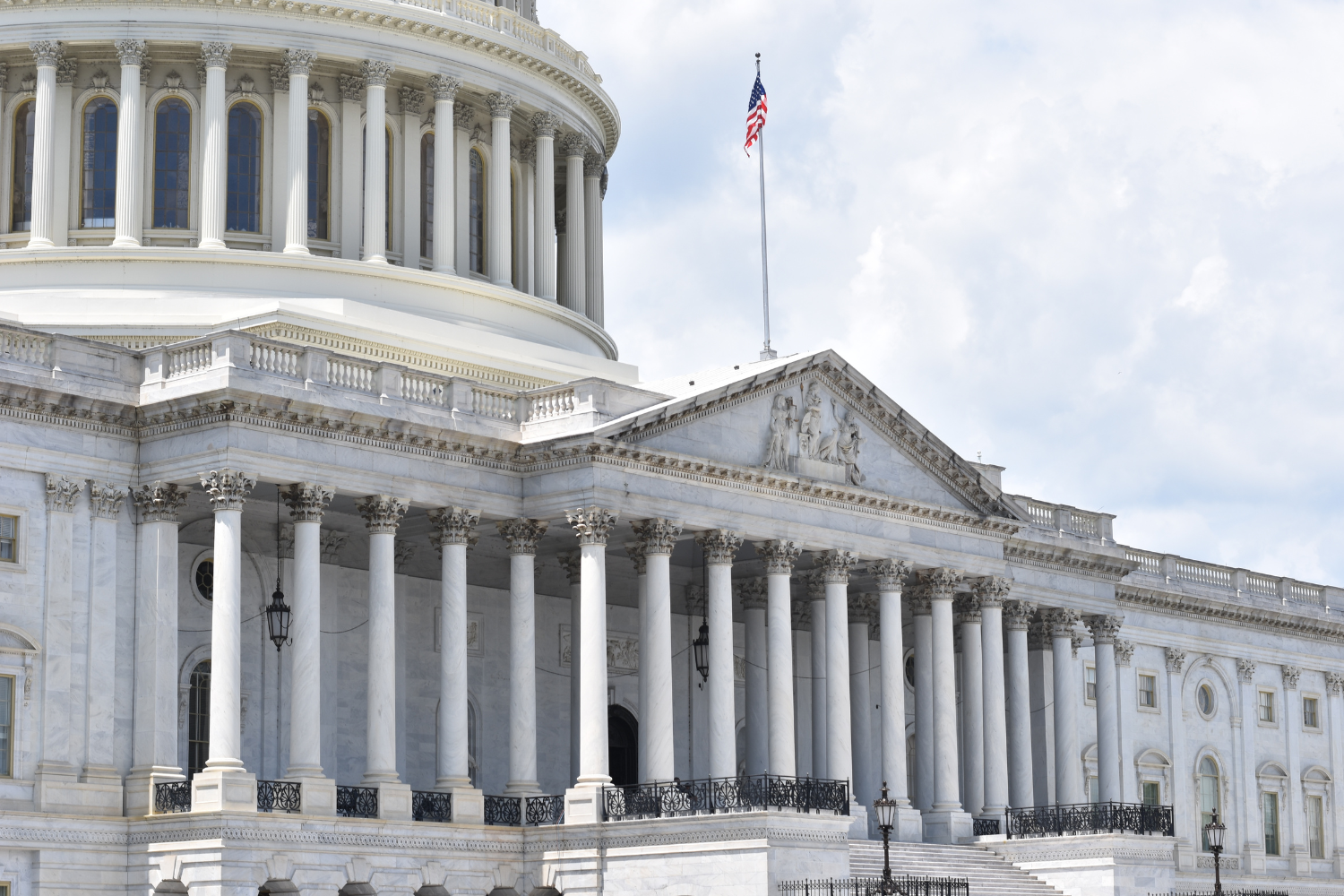This paper was submitted as part of Dr. Daley's application for ACOFP Fellowship, which recognizes exceptional national, state, and local service through teaching, authorship, research, or professional leadership. Visit the ACOFP Fellows page to learn more about fellowship and the nomination process.
ABSTRACT
A 62-year-old female presented to the clinic with headaches due to mild traumatic brain injury following a motor vehicle accident. She was treated with Osteopathic Manipulation and Auricular Acupuncture utilizing the Acute Trauma Protocol which provided complete symptom relief allowing her to return to full activity. In searching the literature for similar treatments, I noticed that research had been done in treating epilepsy in traumatic brain injury utilizing electrical stimulation of the acupuncture sites, more specifically involving the vagus nerve which also innervates the ear. It has also been used in the military to treat acute trauma. My proposal is that the combination of well-known Osteopathic Manipulation techniques in combination with auricular acupuncture provides a substantial therapeutic treatment protocol for mild traumatic brain injury.
INTRODUCTION
SG is a 62-year-old female who was a restrained passenger in a rollover accident on 12/26/22. She was taken to the Emergency Room and evaluated for headache, neck pain, knee and ankle pain and released. Her husband, who was the driver of the car, was life-flighted to a trauma hospital where he was treated for suspected internal injuries. Since that time, she complains of brain fog, headaches, difficulty focusing at work and low energy. Her past medical history includes hypercholesterolemia, menopausal syndrome, and seasonal allergies, and her past surgical history includes bunionectomy, lumpectomy right breast and uterine ablation.
She takes Estradiol, Progesterone, Estrace cream, and Zyrtec and she has allergies to Rubella and Tdap vaccines, egg, and sulfa. She is married with 3 grown children and works as an RN on long-term acute rehab, EtOH 2-3 times a month, no tobacco, no illicit drugs.
SG was first treated for her persistent headache 3 weeks after her accident. She could not work due to her symptoms. Her physical exam revealed she had cervical ROM restriction in flexion, side bending right and left, and rotation right and left. The initial treatment was osteopathic manipulative medicine. After cervical balanced ligamentous tension (BLT) and suboccipital release (SOR), the patient improved significantly, and she reported euphoria after that first treatment. She returned to the clinic a week later and reported improvement in her headaches, her energy was a little better, but she had not resumed full-time work. Her team at work, understanding what she had been through, was giving her time to recover and she did not feel she could manage the critical thinking required in her position. She returned for a follow up 2 weeks later and complained of increased joint pain, body aches, and fatigue. She was treated with cervical BLT and had moderate improvement. We discussed the possible addition of auricular acupuncture using the Acute Trauma Protocol (ATP) to her treatment, and she agreed to return for this. One week later she was evaluated for joint pain, body aches and fatigue, and pain in her head, neck, and left wrist. She was treated with OMT including Muscle Energy Technique (MET), Soft tissue Treatment (ST), SOR, BLT), Articulation of hand (ART), and Fascial Distortion Model (FDM) of the thumb.
Auricular Acupuncture utilizing ATP was performed, and she was immediately more relaxed after her treatment and reported a decrease in pain. SG returned for her annual exam about a week later. At that time, she stated her headache and neck pain had both improved, but she still had mild cervical spasms and mild limitation in ROM. Additional acupuncture was performed at that time using the initial trauma protocol.
At SG’s follow up about 1 and a half weeks later she reported that she had no headaches, and her neck pain was minimal. She reported seeing a neurologist and scans had been done and she had mild Traumatic Brain Injury (TBI) confirmed by her neurologist. ATP was again performed. She followed up after another week and reported no further headaches and we replaced two semi-permanent needles. She was scheduled to return after another week and repeated the procedure with ATP. At her follow up, she stated she had minimal neck pain of 1/10, OA ESRRL. She was treated with MET, and we repeated the ATP. This was repeated weekly for three more times, and she reported her neck pain was completely resolved. No further treatment was needed.
SG referred her husband for evaluation, and he established care and was treated as well. He also received both OMT and Auricular Acupuncture with the Acute Trauma Protocol with significant improvement. At the time of this article, repeat brain scans were pending on both SG and her husband, both had findings on their initial scans that showed mild traumatic brain injury (mTBI). By the time she had her confirmation of mTBI by her neurologist, we had already begun treatment with ATP based on her symptoms. Both OMT and ATP helped resolve her symptoms.
DISCUSSION
Acute trauma protocol (ATP) as presented by Dr. P. Langevin for auricular acupuncture method includes utilizing a set of auricular acupuncture points to treat mild Traumatic Brain Injury (mTBI), either side can be utilized weekly x 10 weeks (about 2 and a half months) with a 4 week follow up. The points utilized are 1. Hypothalamus, 2. Amygdala, 3. Sun/Hippocampus, 4. Master Cerebral, 5. Point Zero and 6. Shen Men. According to Dr. Langevin, the military utilizes the method for the treatment of acute pain (Battlefield Acupuncture) and ATP for mTBI, allowing return to duty quickly without narcotic pain medication.
The concept of auricular acupuncture is not a new one. This method has been utilized in Eastern medicine for centuries and was introduced by P. Nogier to Europe in the Mid-twentieth century. Battlefield Acupuncture protocol was influenced by Dr. Niemtzow to help frontline soldiers have rapid relief without narcotics. It utilizes French needles: Auricular Semi-Permanent (ASP) needles inserted into very specific points/zones.
Other recent studies include utilizing Auricular Electroacupuncture for Late Posttraumatic Epilepsy after Severe Brain Injury. This treatment to treat seizures associated with TBI utilized electrical stimulation of the auricular acupuncture sites in a comparison with and without use of sodium valproate or edavarone. It utilized the auricular branch of the vagus nerve (the only peripheral branch). It was found to significantly reduce incidence of late PTE (P< 0.05). Compared with control, there were more seizure-free cases in the auricular electroacupuncture group (P < 0.01). The total effective rate of the auricular electroacupuncture group was 90%. The seizure-free rate among patients with auricular electroacupuncture was significantly reduced, regardless of use of sodium valproate or edaravone.
In conclusion, auricular acupuncture in combination with osteopathic manipulation provides a practical and useful treatment for mild traumatic brain injury. Additional research and utilization of this beneficial treatment is recommended.
REFERENCES
Howard, J. E., & Fuchtenbusch, A. (2022). Auriculotherapy, The Atlas Based on the Originals by P. Nogier, newly compiled and edited (0th ed.). Fuchtenbusch.
Howard, J. E. (2018). Battlefield Acupuncture 3.0 (1st ed.). Auriculotherapy Seminars LLC.
Langevin, DO., P Auricular acupuncture course for physicians - Star Valley Osteopathic Manipulative Medicine [Lecture and workshop]. Langevin, P., DO (2023, January 14). University of the Incarnate Word School of Osteopathic Medicine
Shen, C., & Jiang, J. (2019). Auricular Electroacupuncture for Late Posttraumatic Epilepsy after Severe Brain Injury: A Retrospective Study. Evidence Basted Complementary Alternative https://doi.org/10.1155/2019/5798912






